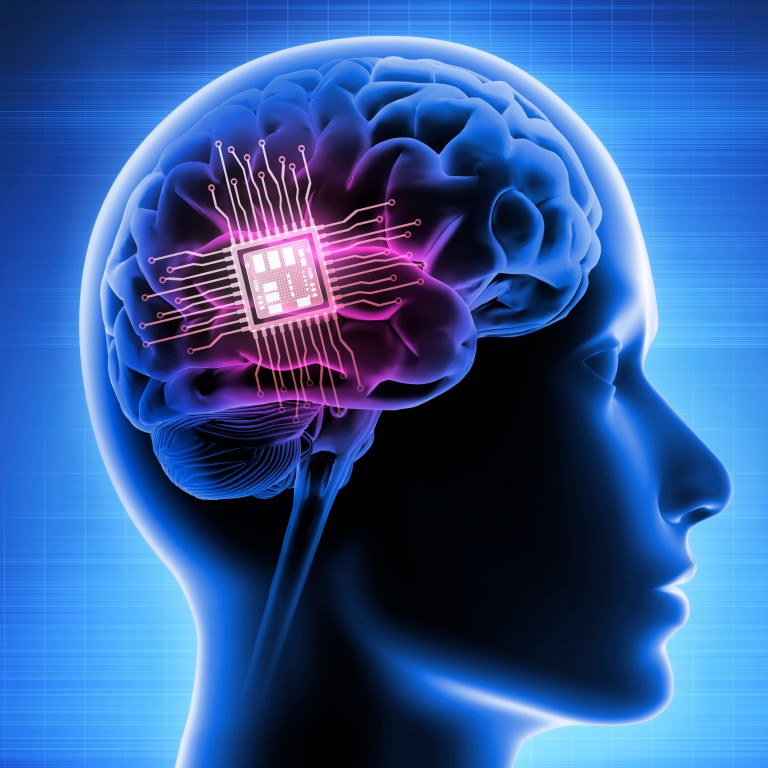
China opens leading laboratory focused on brain-machine interaction
- Sixty scientists are working at the Tianjin lab, which the government hopes will drive innovation, according to official newspaper
- The interface technology aims to create a direct communication link between the human mind and a device like a computer
Brain-machine interfaces can help people in many ways – for example, by assisting doctors to treat patients, by making robots smarter and taking video games to the next level. They can also tell scientists more about how the brain works.
The government wants the recently opened Sixth Haihe Laboratory – in the northeastern port city of Tianjin – to drive innovation and create new areas for economic growth, Science and Technology Daily – an official newspaper run by the Ministry of Science and Technology – reported on Monday.

Ding Ruiqing, who heads the laboratory, told the newspaper that it had the world’s largest and most comprehensive patent pool for brain-machine interaction.
He also said the laboratory was a world leader in three areas – EEG recognition accuracy, the quantity of control instructions that can be reliably detected and used by the machine, and the information transmission rate.
The South China Morning Post could not independently verify these claims.
EEG – or electroencephalography – measures electrical activity in the brain through electrodes placed on the scalp. It is important for brain-computer interfaces because it enables the real-time monitoring of brain activity, which can then be translated into computer-generated commands.
Ding said the laboratory would coordinate Chinese research on key technologies and components used in the interfaces.
“The most important thing holding back the development of brain-computer interaction technology is innovation in the key technologies. We need to solve the bottleneck problems to make progress in this research area,” he was quoted as saying.
“We will work on developing the necessary key technologies and components, as well as coordinating research, to create new technological innovations.”
Chinese team hopes high-res image of monkey brain will unlock secrets
More than 60 scientists are working at the laboratory, among them award winners and overseas talent, the report said.
They will be conducting research into issues in medical engineering like developing bionic tissues for the human body. The laboratory will also work on ways to detect and measure signals in the brain, and to improve communication between humans and machines, and develop new technologies so that machines and humans can better work together.
“We want to turn the lab’s research results into practical applications and benefits,” Ding told the official newspaper.
According to the report, the investment in cutting-edge technology demonstrates Beijing’s new commitment to developing world-class research.
The United States has led the way on brain-machine interface technology for many years, with significant research contributions from the University of California, Berkeley and the Massachusetts Institute of Technology. Neuralink and Kernel – founded by Elon Musk and Bryan Johnson respectively – are also key players.

